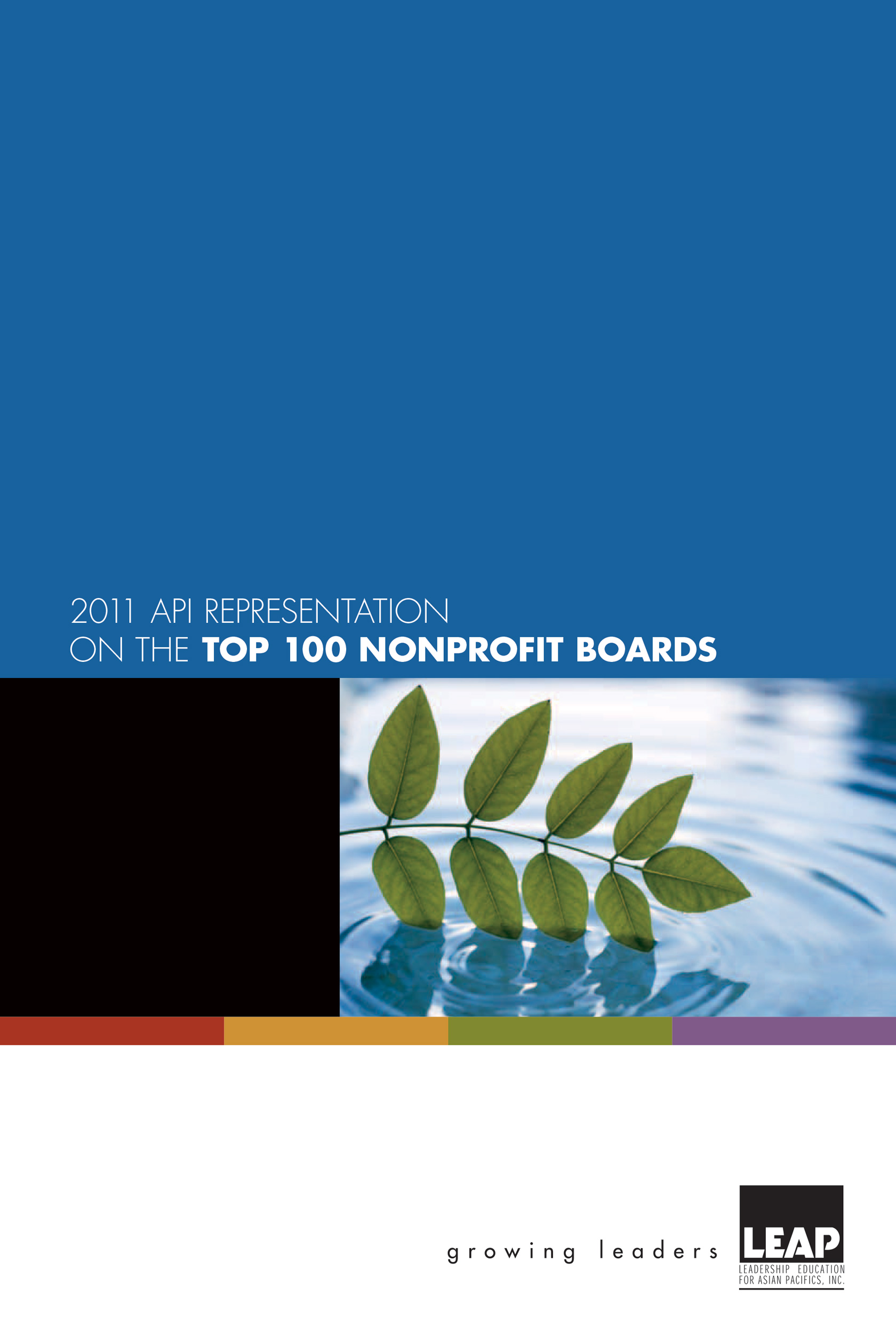
LEAP Board Representation Research Reports
2012 API Representation on Fortune 500 Boards
LEAP’s 2012 API Representation on Fortune 500 Boards marks the eighth report in the series and the fourth edition of research focusing on the private sector. It reveals that while corporate America continues to benefit from the growing strength of the API consumer sector, it still offers too few opportunities for APIs to participate in corporate leadership. Nowhere is this more evident than in company boardrooms.
Since 2010, when LEAP published its first research on API representation on corporate boards, only 16 additional companies in the Fortune 500 now have APIs on their board, which means that 77.2% of these companies lack API representation in their boardrooms.
While board seats held by APIs have increased 24 percent in the last three years, we must put these numbers in perspective. It is startling that the fastest growing community in the nation, with the highest college graduation rates, still holds just 2.6 percent of board seats in the entire Fortune 500. The good news is that the comparative data over the past 3 years shows a very slow but positive trend towards adding more directors, gaining more seats, and just as important, more Fortune 500 companies are electing new directors of API descent. In 2012, 129 APIs held 144 board seats in 114 Fortune 500 companies, compared to 96 API directors, 115 board seats at 98 companies in 2010.
Key Findings
Fortune 500
2012
-
Only 114 companies had API directors on their boards.
—
In other words, 77.2 percent of Fortune 500 companies had no API representation on their boards. -
In the Fortune 500, 129 API directors held 144 out of 5,524 total board seats.
—
• 65.1 percent of API directors are corporate executives• 38.7 percent of API directors are of Chinese descent
• 20.1 percent are women and they held 30 seats
-
16 APIs served as President, (Vice) Chair, and/or CEO of a Fortune 500 Company.
—
Of which 4 left their position in 2012 due to Mergers & Acquisitions activity, resignation, or retirement.
Fortune 500
2010-2012
-
API representation on Fortune 500 boards increased 24 percent in the past 3 years.
—
However, in 2012, APIs held a mere 2.6 percent of the total number of board seats. -
Between 2010 and 2012, the total number of companies with API directors increased by 16.3 percent...
—
…which was an increase from 98 to 114. -
There was a 25.2 percent increase in the total number of board seats held by APIs...
—
…which went from 115 in 2010 to 144 in 2012. -
The number of APIs serving as directors on a Fortune 500 board increased 34.4 percent...
—
…from 96 in 2010 to 129 in 2012. -
API women held 30 board seats in 2012.
—
This is an increase of 66.7 percent from the 18 board seats held in 2010.
Fortune 100
2009-2012
-
API representation on Fortune 100 boards increased 23 percent in the past 4 years.
—
However, in 2012, APIs held only 2.7 percent of the total number of board seats. -
Since 2009, the total number of companies with API directors has increased by 4 percent...
—
…from 24 to 25. -
There was a 22.2 percent increase in the total number of board seats held by APIs,...
—
…which went from 27 in 2009 to 33 in 2012. -
The number of APIs serving as directors on a Fortune 100 board increased 30.4 percent...
—
…from 23 in 2009 to 30 in 2012. -
API women held 10 board seats in 2012.
—
This is an increase of 100 percent from the 5 board seats held in 2009.
Disclosure
LEAP made every effort to achieve a high degree of accuracy. Information on race, ethnicity and gender composition of board members is not always publicly available. If errors or omissions are discovered, LEAP will make necessary adjustments. Please contact Grace Toy, Sr. Vice President of Administration and CFO, at gtoy@leap.org.







